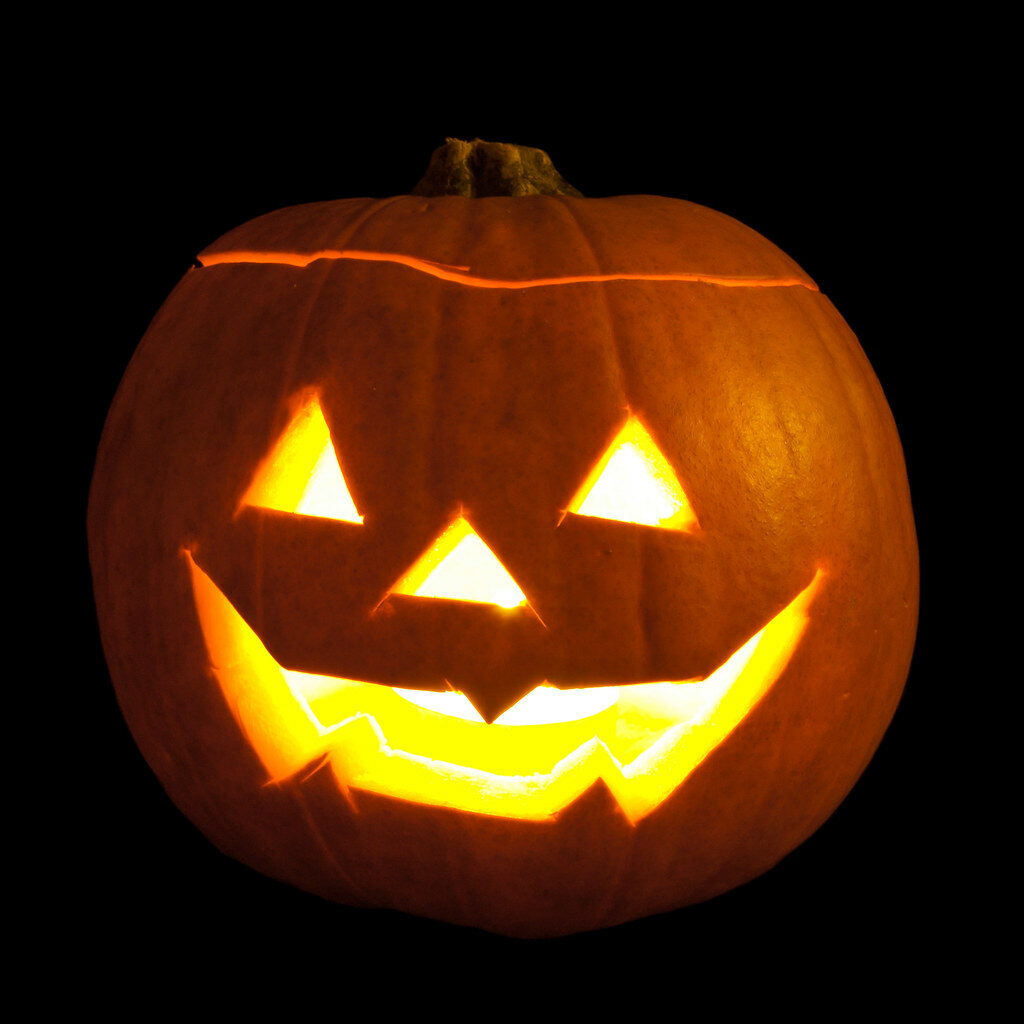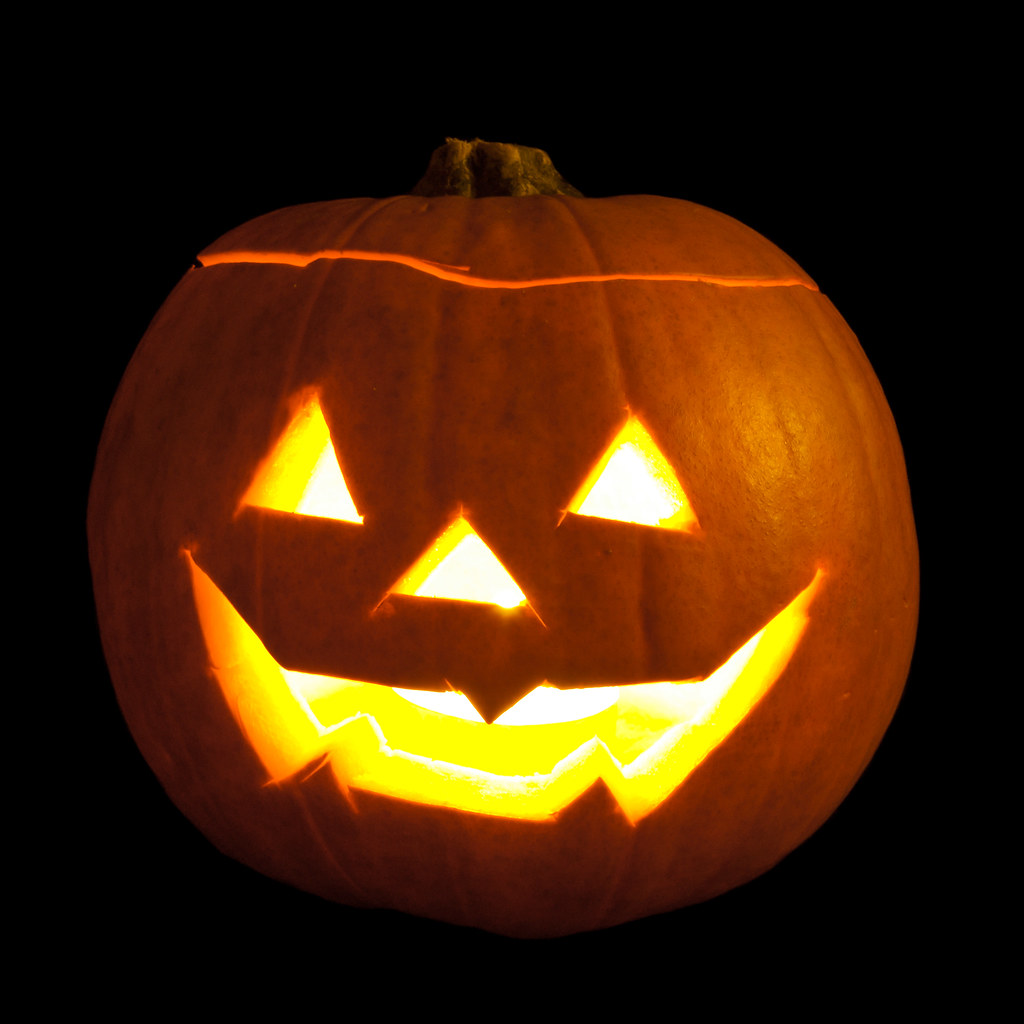
A few years back I was carving pumpkins with my siblings on Halloween night and asked a sibling for some direction in how she wanted her pumpkin to look. “What kind of eyes do you want it to have?” I asked. “Scary eyes,” she responded. “What kind of nose?” “Scary nose.” “What kind of mouth?” (You guessed it) “Scary mouth.” I may have thought all this was a bit silly for carving a jack o’ lantern, but I didn’t know the story behind such carved vegetables.
Pumpkin carving may be considered a wholesome, carefree activity every family gathers to celebrate every October; the Irish Legend behind the American occupation is about as sharp and hard-edged as the knife that converts the pumpkin into a jack o’ lantern. The jack o’ lantern derives its name from the Irish folktale of a trickster named “Stingy Jack”, a man who didn’t play safe when it came to practical jokes.
I learned this story from the History Channel, so I can only assume they know more of the topic than I would. In the time of this story, jack o’ lanterns were carved upon gourds and turnips as pumpkins had not yet entered the chat.
The story of Stingy Jack began when he was having a drink at his local pub with the Devil and tricked him into showing him a magic trick in exchange for his soul. This trick was for the Devil to turn himself into a gold coin. No sooner had this been done, Jack snatched up the coin and set it in his pocket next to a silver cross he had inside. He only released the Devil when he was promised his soul back in return.
Unlike Daniel Webster who tricked the Devil once and knew when to call it a day (according to William Dieterie), Jack was up to his tricks a second time by tricking the devil to climb a tree to retrieve some fruit for him, the exchange again being Jack’s soul.
No sooner had the demon entered the tree, Jack carved a cross into the tree trunk and only agreed to cover it to allow the Devil’s release when he was promised to not face punishment until at least ten years after his death.
However, after Jack’s death, he was refused entrance into the pearly gates due to his (cough) “controversial extracurricular pastimes” and of course was not allowed access to his accordion in the lower depths until the passing of ten years as promised (sorry, I just like that “Far Side” joke too much).
Jack was then condemned to temporarily traverse the dark areas of the world with only a makeshift lantern, a carved turnip lit with a lump of live coal until his time was up. His name then became Jack of the Lantern, soon after to be abbreviated as Jack O’ Lantern”
That’s the story behind the name associated with carved pumpkins. The origin of pumpkin carving has a more cheerful explanation. In our country’s earlier years, carving pumpkins was associated with celebrating the harvest seasons.
Carving pumpkins became commonplace as a Thanksgiving tradition. Years later it was shifted over to Halloween to keep in correlation as an Americanized format of the ancient Gaelic tradition of turnip carvings.
The pumpkin carving began in the U.S. when Irish immigrants came to America hundreds of years ago and discovered the pumpkin, a hollow gourd that seemed made for carving. It certainly was much easier than carving a potato or turnip to light up with coal anyhow. Thus, a familiar vegetable now pseudonymous with Halloween was discovered, and a recognizable face (or many sets of faces, was carved upon these gourds).
The pumpkin carving traditions have continued for years and will continue as an enjoyable family activity for many more years. So when you sit down with your family or friends, layout newspaper, pull out the carving knives, heat up the apple cider and bring out the familiar orange gourds, keep in mind the fact you could have been carving a potato, turnip or gourd into a jack o’ lantern, a name based on a man who was smart enough to fool the Devil not once but twice (but was stupid in asking for only ten years to not face his inevitable comeuppance instead of a million).
Happy Halloween, everybody.
